There are many different terms for solid state drives today, the three most common terms are SATA 3, M.2 and NVMe.
If you've recently considered buying an SSD, chances are you've come across these terms, but you might not fully understand the technical differences.
In this article, we will point out the differences, explain which is better / worse and provide details on how the technology for each type of SSD works.
The development of solid state drive
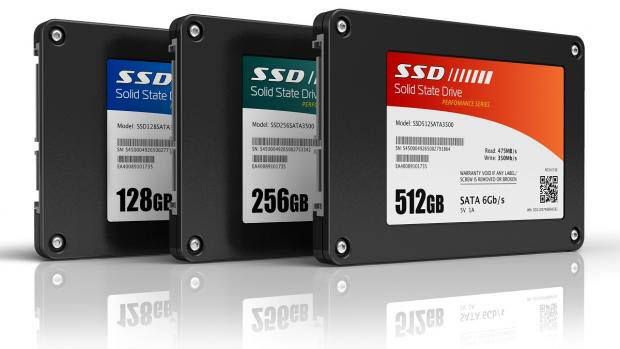
First, let's talk about the origin of solid state drives and why it's been a popular hardware item for PC builders and laptop makers in recent years.
A storage drive commonly used in laptops and PCs is called a traditional hard drive. These types of drives have moving parts. A hard drive works similar to an old recorder.
There is a moving disc (disc) and a large surface of the disc that can read data and record them as the disc spins.
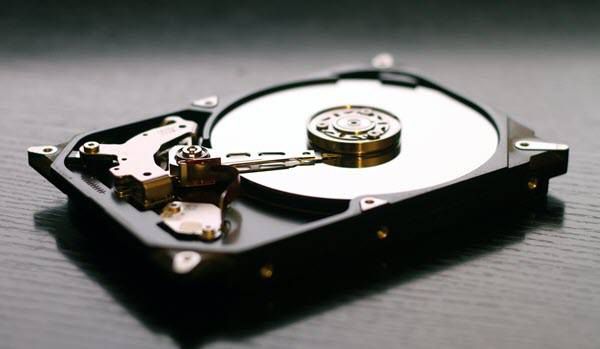
Usually, the faster the hard drive spins (7200 RPM, 10,000 RPM, etc.), the faster the storage drive reads. Unfortunately, manufacturers always have a certain time limit to use to ensure the speed of the hard drive can read data. There is also a delay associated with waiting for the reader to move. This is where the new solution comes in the form of SSDs.
SSDs are solid state drives and it is a type of storage with no moving parts. Instead, SSDs use semiconductor chips to store and access memory.
Specifically, SSDs have a large amount of these semiconductors that can be charged or not charged, which the computer will read as '1' or '0' bits and convert them into actual files or possibly data. Viewable on your device.
The interesting thing about the type of memory used in SSDs is that cells remain in a charging or non-charging state even after turning off and this is how the memory is stored and not forgotten.
A PC or laptop can read data many times faster with SSDs because flash technology only works much faster than old mechanical hard drives with moving parts.
Recently, we had various solid state drives, namely SATA 3 and NVMe. These drives use the same semiconductor array explained above, but they have different potential for different reasons.
Let's look at the different types of solid state storage below.
SATA 3 vs M.2 vs NVMe - What is the difference?
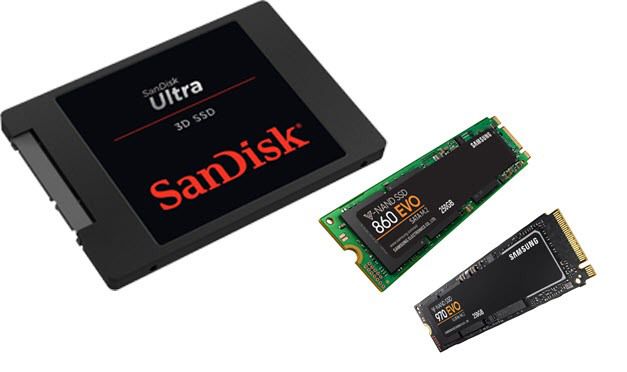
Turns out, the technology used to read and write data from SSDs is so fast that the limiting factor really comes from the way the drive shares data with a PC.
There are two different methods a PC uses to read an SSD: SATA 3 and NVMe.
SATA 3 connection is made by connecting data cable and power cable directly to the motherboard and the solid state drive itself.
On the other hand, the NVMe connector allows the solid state drive to read its data directly from the PCI-E slot right on the motherboard. The drive draws power directly through the motherboard. More importantly, the NVMe drive will also draw data through the motherboard at a faster rate than SATA 3.
Why you ask? Put simply, an NVMe can queue up a lot of data at the same time due to access to more PCI-E lanes.
PCI-E lanes are basically data lanes on the motherboard. There is a limited number, and the different ports and slots on the motherboard are provided with certain lanes. On a typical newer motherboard, you'll see different sized slots corresponding to the number of available PCI-E lanes (x1, x2, x4, x16, etc.).

The end result is that with more PCI-E lanes and direct PCI-E read / write capabilities, NVMe drives are often much faster than SATA SSDs.
However, performance gains are only really seen for sequential read / write speeds. Or, in simpler terms, to move large files.
With NVMe's true read / write speed potential only achieved with larger files, the difference may not be noticeable when playing games and everyday tasks.
So, for boot up and gaming time, NVMe makes a lot of difference. For video editing and photo editing, NVMe drives can yield much better results.
Here's a look at the usual read / write speeds of the hard drive, SATA 3 SSD and NVMe SSD for large files.
- 7200 RPM Hard Drive - average read / write speed of 80-160MB / s
- SSD SATA 3 - read / write speed up to 550MB / s
- SSD NVME - read / write speed up to 3500MB / s
- SSD SATA 3 - read / write speed up to 550MB / s
What about M.2? Where does it come from?
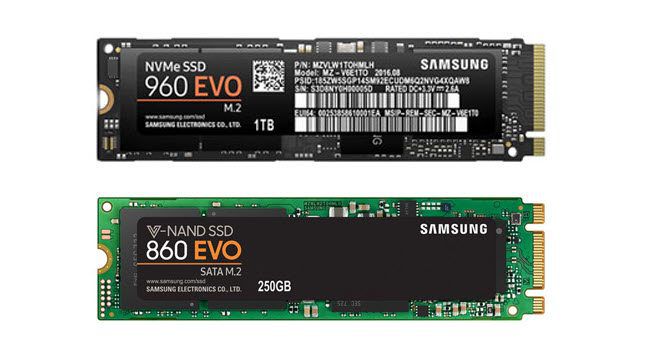
So far, we have explained about SATA and NVMe. These are the two methods, or protocols, used to read and write data. One uses PCI-E (NVMe) and the other doesn't (SATA).
An M.2 drive is simply a term to describe the physical form factor of a drive. M.2 drives are thin drives shown below. M.2 drives not Another protocol like NVMe and SATA. In fact, you can get an M.2 drive using either SATA or NVMe.
This is an M.2 drive with a SATA connection:
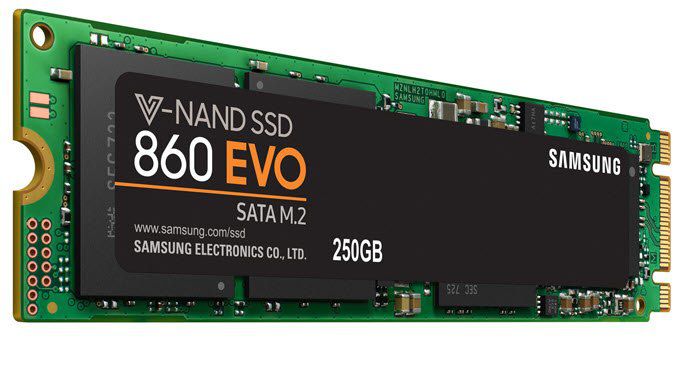
And here is the M.2 drive with NVMe connection:
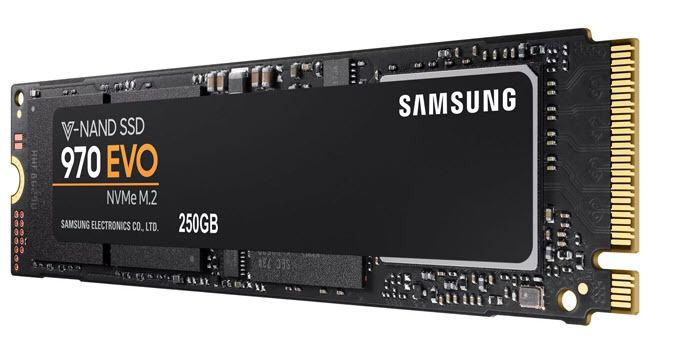
An M.2 drive is not faster just because of its form factor. It is usually just the case that M.2 drives use the NVMe protocol, since they are connected via PCI-E nonetheless.
If you're on the market for an NVMe drive, just make sure that the M.2 drive you clearly see has NVMe in its description or title, not SATA.
Summary - Should you get SATA 3 or NVMe?

If you upgrade from a traditional hard drive, both SATA 3 and NVMe will give you spectacular improvements. NVMe is usually more expensive than SATA 3, which is a problem considering the standard SSD SSD 3 is already expensive enough.
NVMes is really only useful for larger file transfers, so unless you frequently move large files to edit photos and videos, or find a lot on an NVMe drive, you can also stick to a SATA SSD. 3 standard because you can get a much bigger size for the same price.
Also, for gaming, both NVMe and SATA 3 will provide very similar boot speeds. Both are so fast that other hardware, such as RAM and CPU performance, eventually become bottlenecks.
Hopefully, this summarizes the difference between SATA 3 and NVMe and clarifies how M.2 fits the equation.
Here is a quick summary of everything we have covered so far.
- M.2 - A thinner form factor for storage drives
- NVMe - Protocol for reading and writing data via PCI-E
- SATA 3 - An old protocol is usually not as fast as NVMe
- NVMe - Protocol for reading and writing data via PCI-E
What are your thoughts on this topic?


0 Comments